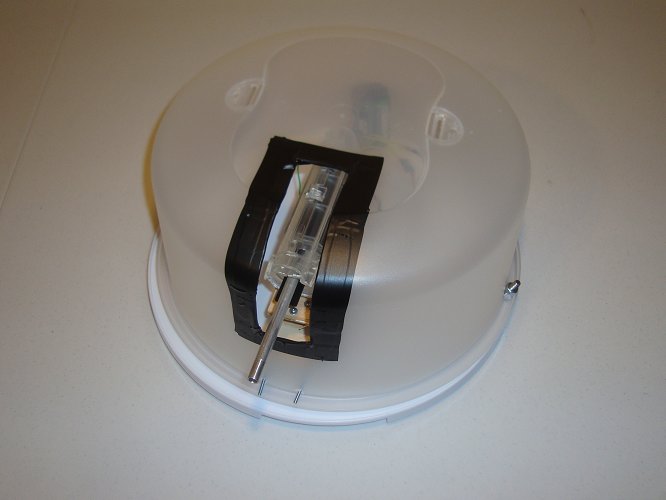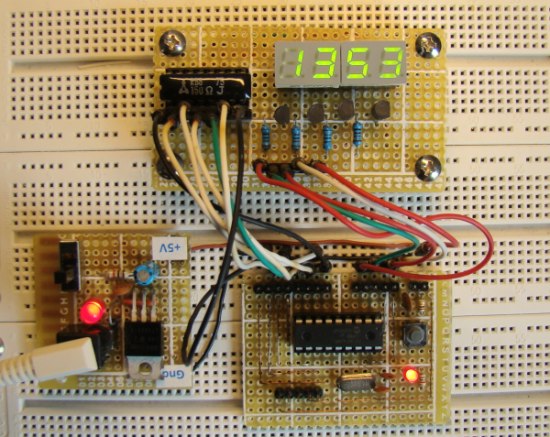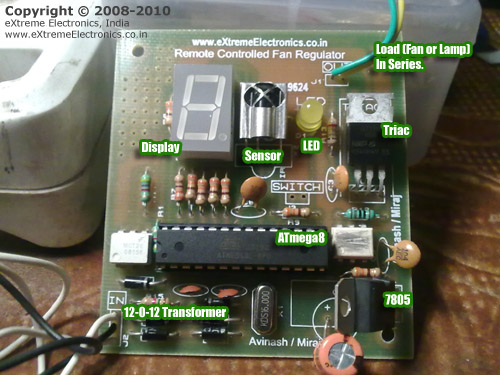DIY remote controlled turret gun

Chris (@ pyroelectro.com) built his own airsoft turret gun that can rotate, tilt up and down, and fire very precisely. It is controlled through IR signals from a generic TV remote. The PIC18F4520 microcontroller is the brain of this project, which interprets the received IR signals from the TV remote and control the motion and the firing mechanism inside the gun. It is able to rotate upto 180° or more left and right, and the barrel can go up to 45° towards the sky.
Read more


